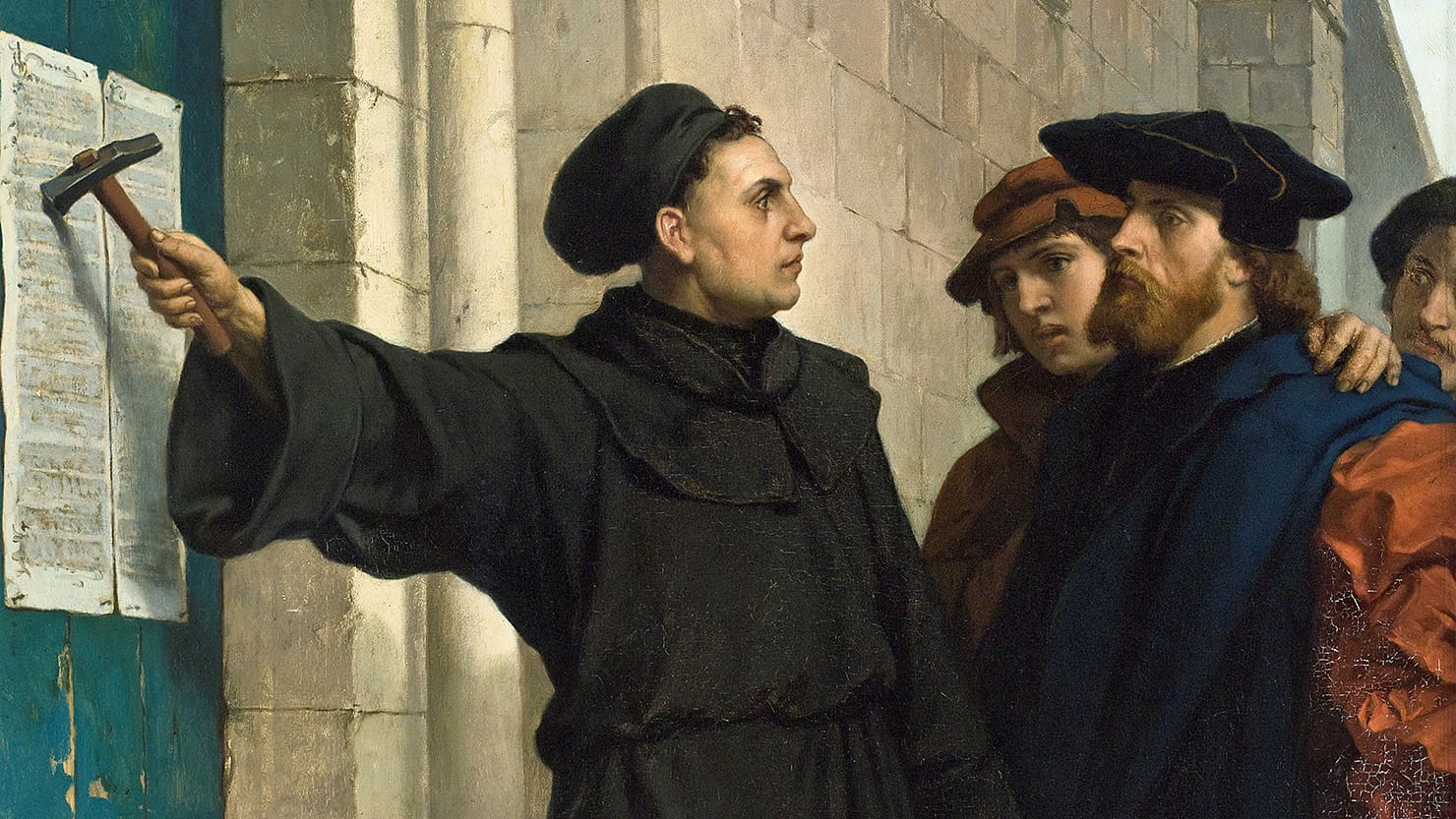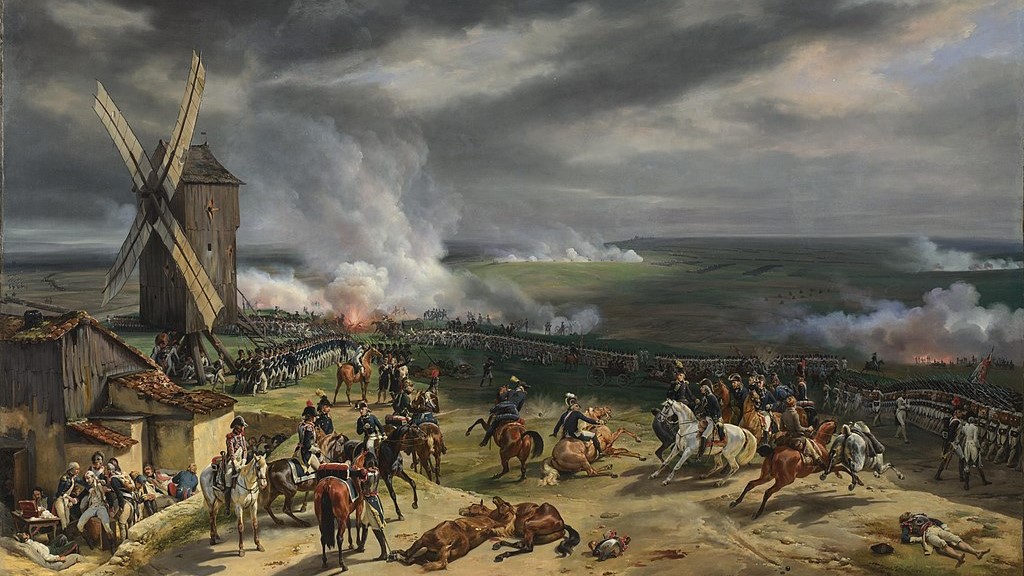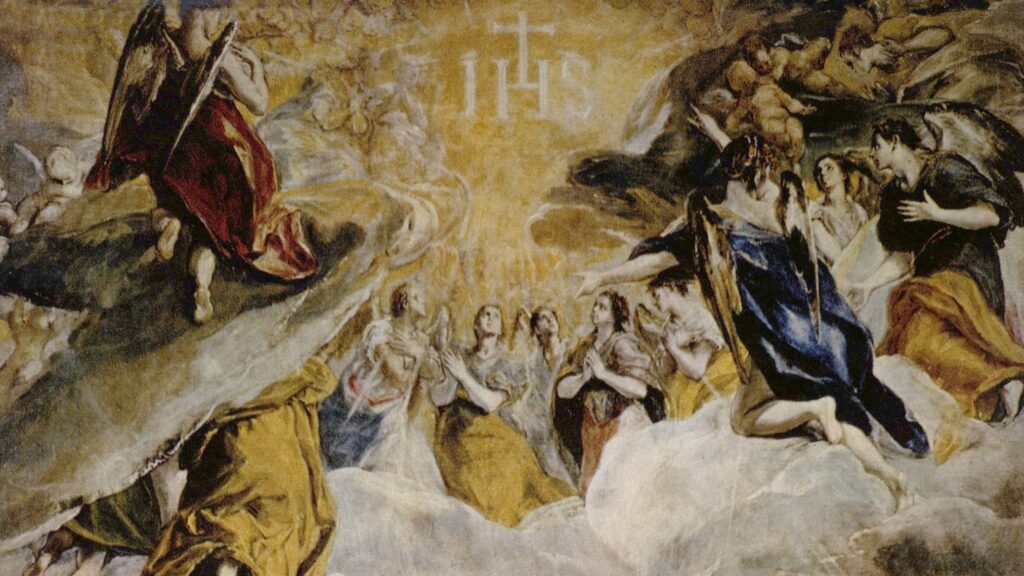31 October—in this day and age, most people around the world celebrate Halloween. However, the date also marks one of the most impactful moments in the history of the Christian religion, the day Martin Luther nailed his 95 theses to the door of the Castle Church in Wittenberg in 1517.
On that day, the homogenous power of the Catholic Church, as well as the authority of the papacy, was challenged in a significant way in Western Europe for the first time. Nearly 500 years after the East–West Schism of 1054, Christianity was facing a great divide again.
Who Was Martin Luther?
Martin Luther was born in 1483 in the Holy Roman Empire. His father was hell-bent on having him become a lawyer, and he seemed to be going on that track: he attended the University of Erfurt. However, in a sudden change of heart, Luther decided to drop out and become an Augustinian friar in 1505. The reasons behind his decision are unclear, but one common theory is that he was overwhelmed by grief after the deaths of two of his close friends in quick succession.
He started teaching theology at the University of Wittenberg in 1508. During his years as a monk and a professor of theology, Luther became increasingly disillusioned with what he saw as corruption within the Catholic Church. Most notably, he objected to the practice of selling so-called ‘indulgences’, Church-issued certificates which promised the reduction of punishment for sins in exchange for money. Luther was convinced that salvation could not be bought or mediated by Church authorities, and could only be obtained through faith. This was what ultimately led to him publicly challenging these practices in 1517 with his famous 95 Theses.
In response, Emperor Charles V of the Holy Roman Empire issued the Edict of Worms in 1521, declaring Luther an outlaw, banning his writings, and calling for his arrest to be ‘punished as a notorious heretic’. However, some powerful princes in the Holy Roman Empire—most notably Frederick the Wise—sided with Luther, and granted him refuge instead of complying with the decree and apprehending him.
Under the protection of German lords who saw the righteousness of his movement, he lived under an alias. Thus, in 1534, he was able to complete what is perhaps his most important work: the first common-language German translation of both the Old and the New Testament. At the time, vernacular translations of the Bible were shunned by the Catholic Chruch.
In 1525, he married a former nun named Katharina von Bora, breaking with another Catholic doctrine: the mandated celibacy of priests. Martin Luther passed away at age 62 in 1546, after leaving an indelible mark on the history of the Christian religion.
Related articles:







